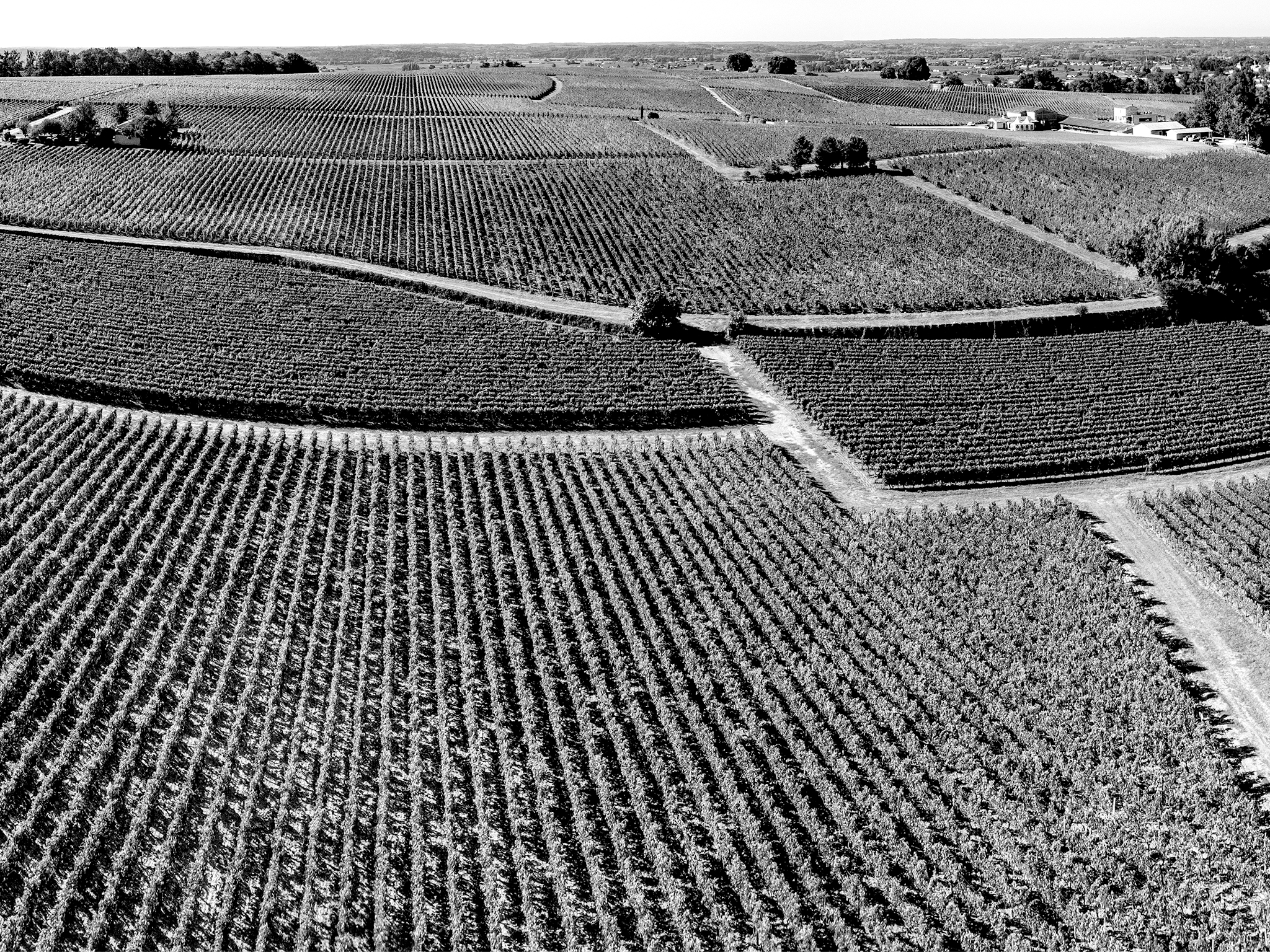Bordeaux Blanc

Presentation
For generations, the Lafite Rothschild family has been looking at the best ways to capture the singularity of a specific terroir. With its mosaic of terroirs and its most renowned grape varietals, the picturesque hillsides of Bordeaux offer an extraordinary place for wine creation. Observing how nature creates and transforms, has always provided a source of inspiration to fuel the innovative spirit of the family.Today, they take that art to a new level by launching a collection of fine wines in which experience and humility are combined to achieve the perfect balance. Pavillon du Lac is a faithful reflection of the best Bordeaux appellations in the best vintages, with the same elegance and precision in taste that is the signature of DBR Lafite.
The vintage
2023 will be remembered by Bordeaux winemakers as a challenging vintage, saved by an exceptional Indian summer. The cold winter and abundant rainfall in the early part of the year are typical of the Bordeaux oceanic climate. Between April and June, a warm and humid weather pattern sets in, resulting in unprecedented mildew pressure. It is during flowering, in June, that the pressure is the strongest with an alternation of rain and heat causing significant crop losses (75% of Entre Deux Mers is affected) and requiring meticulous monitoring in spared vineyards. After a cooler than normal August, a heatwave between August 18th and 24th changes the face of the vintage: summer settles in September with very hot and dry weather, allowing excellent ripening of the white grape varieties which are harvested from August 23 onwards.
Location
Pavillon du Lac Bordeaux blanc comes from old plots of Sauvignon located in the Entre-Deux-Mers. This wine shows all the qualities of the great vintages of Bordeaux.
Terroir
The limestone soils overlooking the banks of the Garonne are particularly suited to growing Sauvignon Blanc. They allow the roots of the vine to draw water but do not retain this water over time, which creates balanced conditions of water stress for the vine. This gives fine wines of great subtlety.
Winemaking
After pressing of the grapes, a cold maceration (4°C) takes place during a few days (3 to 4 days) in order to extract more aromas from the skin contact. The juice is then fermented à low temperature (16°C) in stainless steel vat. No malolactic fermentation to keep the freshness and the acidity of the wine. The wine is aged on lees in vats a few weeks in order to get more volume and richness on the palate.
Grapes
Tasting
Pale straw color.
The nose is highly aromatic, dominated by notes of exotic fruit (passion fruit, pineapple) and citrus. On the palate, the wine shows good volume, perfectly balanced by its freshness.
Downloads

